The rapid advancement of Artificial Intelligence (AI) technologies has made AI training for employees an essential strategy for businesses aiming to stay competitive. Effective AI training not only equips employees with the necessary skills to leverage these technologies but also fosters a culture of continuous learning and innovation. This blog explores the importance of AI training and offers practical strategies to implement effective training programs for your workforce.
AI Upskills Staff
Training employees in AI boosts productivity and innovation.
Culture of Learning
AI training fosters a continuous learning culture in organizations.
Assessing AI Training Needs
Identifying Skills Gaps
The first step in rolling out an AI training program is to assess the current AI literacy and skills gap within your organization. This involves understanding the specific AI technologies that could benefit your operations and identifying the roles that require upskilling.
Tailoring Training to Business Needs
Customize your AI training programs to address the identified skills gaps and business needs. This ensures that your workforce gains relevant skills that directly contribute to operational efficiency and innovation.
Designing the AI Training Program
Choosing the Right Training Methods
Select training methods that cater to diverse learning preferences, combining online courses, workshops, and hands-on projects. This blend ensures comprehensive learning, catering to both theoretical knowledge and practical application.
Incorporating Real-World Applications
Integrate real-world projects and scenarios into the training program. This approach helps employees understand the practical applications of AI in their daily tasks and the broader business context.
Encouraging Employee Engagement
Creating Engaging Learning Experiences
Use gamification, interactive content, and collaborative projects to make the learning process more engaging for employees. Encouraging participation and making learning fun can significantly improve engagement rates.
Providing Incentives and Recognition
Recognize and reward employees for their progress and achievements in AI training. Incentives could include certifications, rewards, or opportunities for career advancement, motivating employees to fully engage with the training.
Evaluating Training Effectiveness
Implementing Feedback Mechanisms
Use surveys, interviews, and assessments to gather feedback from employees about the training program. This feedback is crucial for identifying areas for improvement and ensuring the training meets its objectives.
Measuring Impact on Performance
Evaluate the impact of AI training on employee performance and business operations. Look for improvements in efficiency, productivity, and innovation as indicators of the training program’s success.
Implementing effective AI training strategies for employees is pivotal for businesses aiming to harness the power of AI technologies. By assessing training needs, designing comprehensive programs, engaging employees in the learning process, and evaluating the training’s effectiveness, organizations can empower their workforce with the skills needed to thrive in an AI-driven world. We encourage you to share your experiences or thoughts on AI training for employees in the comments below. What strategies have you found effective, and how have they transformed your workforce?






